Join us for the first academic walkthrough of our exhibition programme as we welcome Marco Bohr, Associate Professor in Design and Digital Art at Nottingham School of Art & Design.
This event marks the beginning of a series of short, informal, academic-led talks and tours of the Bonington Gallery exhibition programme. These sessions provide our academic colleagues with an opportunity to share insights, spark discussion, and share research that resonates with the themes of our exhibitions.
Marco’s research is concerned with the role that images play in the shaping of a variety of discourses related to politics, gender, identity, sexuality, censorship, ethics and disasters. Drawing on his background as an exhibiting photographer, Marco’s research interest is principally focused on the photographic image — not only as a medium of visual expression but also as a research methodology and a tool for political activism.
Marco’s research interest also extends to visual propaganda, cinema, documentary and essay film. His book “Visual Counterculture in Japan” was recently published by Bloomsbury.
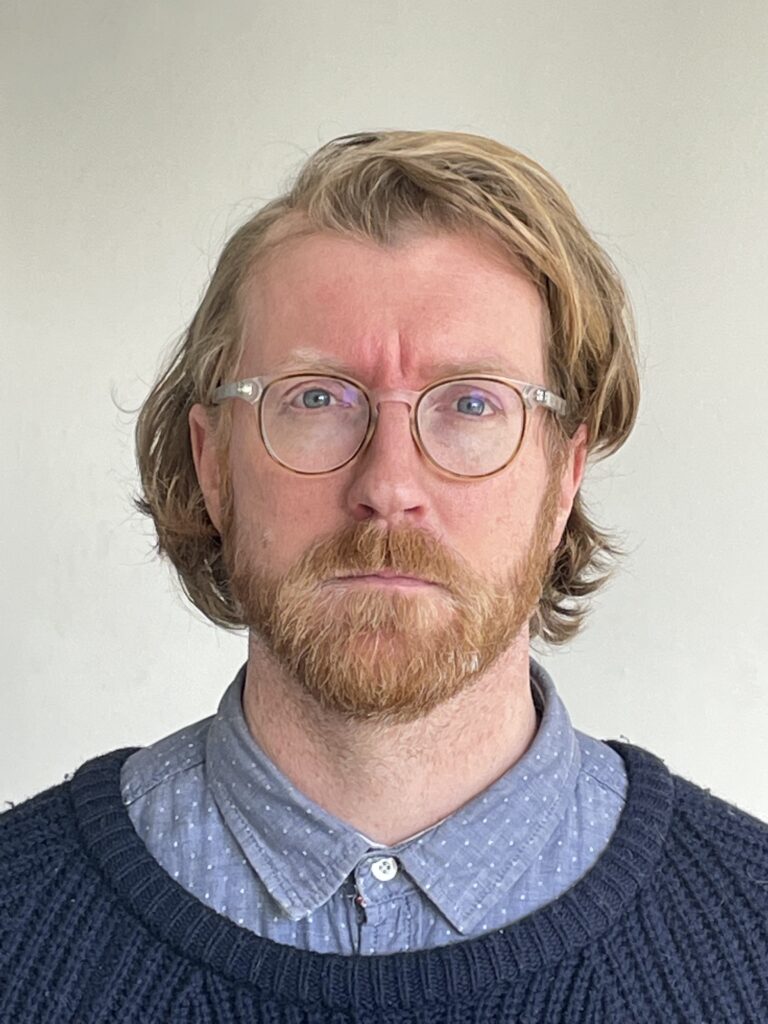
Bonington Gallery presents A Semester in Nottingham, 1976, an exhibition of photographs by Baltimore-based John Dean. Captured during his time as a visiting student to Nottingham Trent University (NTU) in 1976, these photographs offer a powerful glimpse into Nottingham life during a transformative era.
This exhibition marks a poignant return to the institution — formerly Trent Polytechnic — where John studied as a visiting student nearly fifty years ago.
Armed with a camera and a quiet curiosity, John immersed himself in the rhythms of Nottingham life. Over the course of a single semester, he wandered the city’s streets and parks — Hyson Green, Market Square, the Arboretum — capturing striking black-and-white portraits of residents going about their daily lives. The resulting images are both documentary and deeply personal, offering a rare and intimate glimpse into the everyday lives of Nottingham’s people during a transformative era.

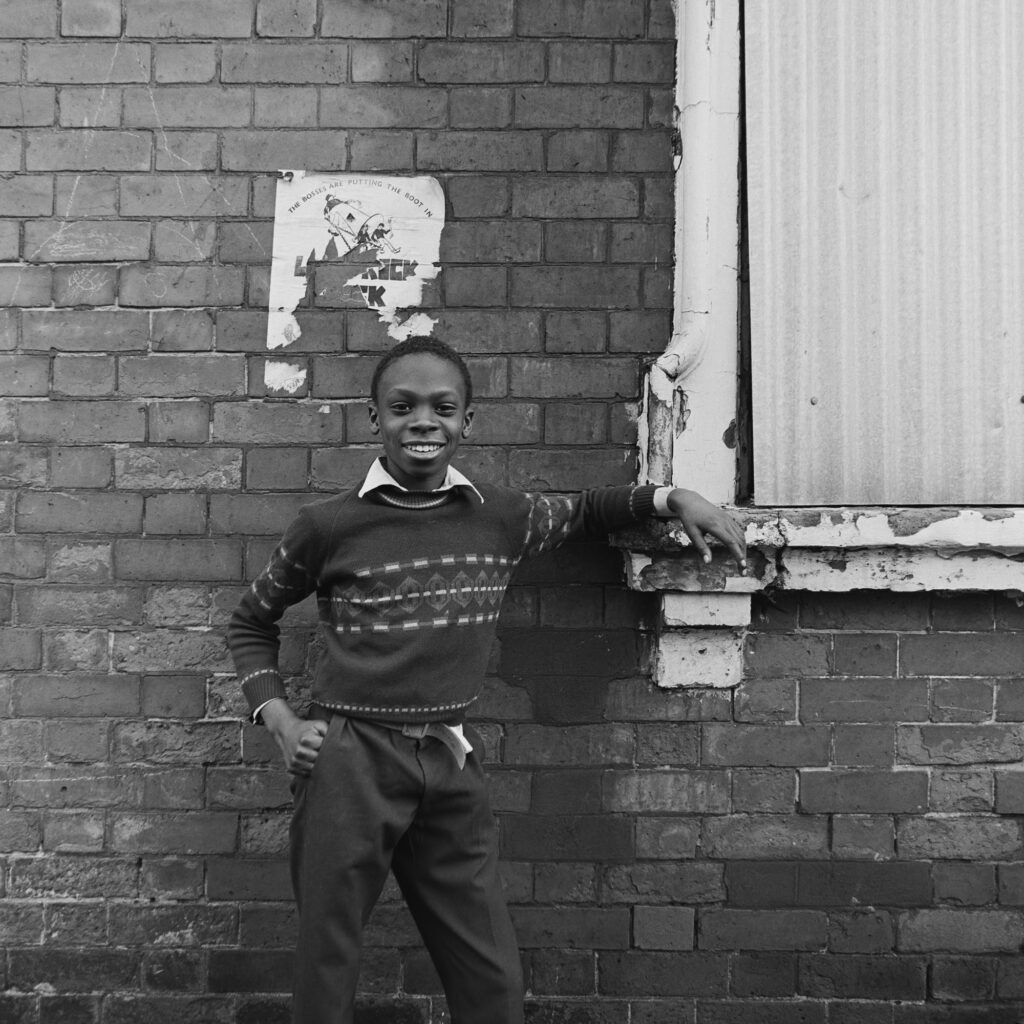
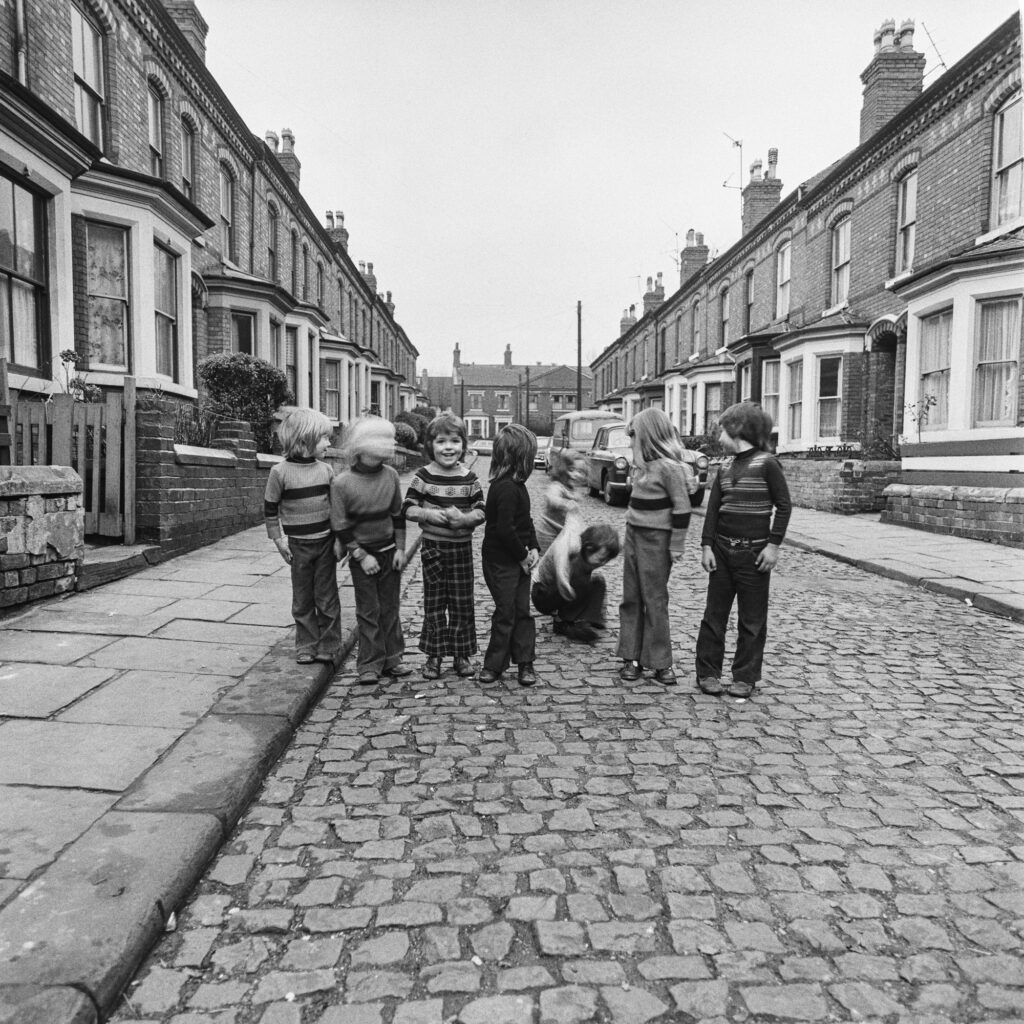
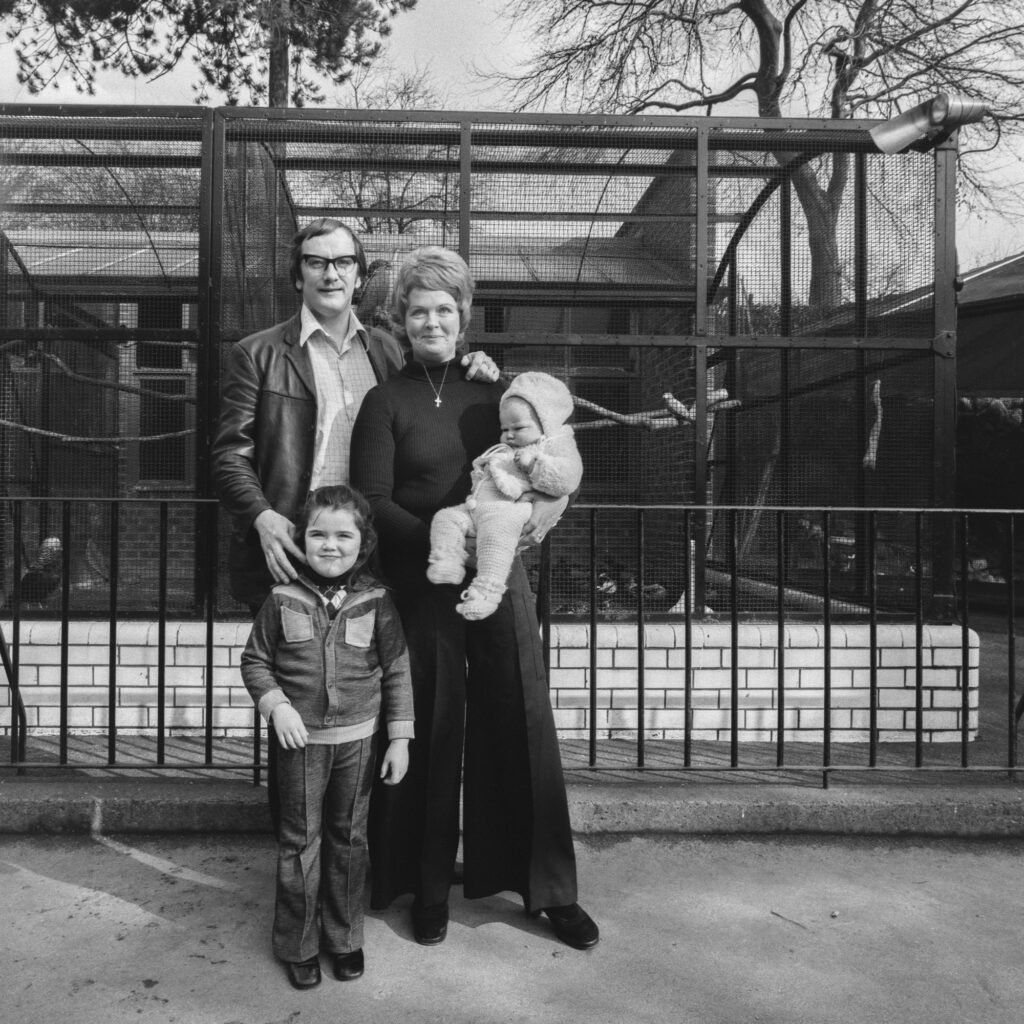
First developed in Trent’s own darkrooms (situated next door to the gallery), these photographs have remained largely unseen for decades. Now, they return to the place of their origin, standing as a testament to the power of observational storytelling, told through the eyes of a visitor to the city.
John has since built a distinguished career as a producer and videographer, creating historical and educational media for museums and non-profit organisations across the United States and beyond. Yet photography remains his first and most enduring creative language — a medium through which he continues to explore the intersections of memory, environment, and human experience.
John Dean is a Baltimore-based photographer, videographer who graduated with a BFA from the Maryland Institute College of Art. He regularly works with museums, non-profit organisations and editorial platforms on the creation of educational and historical media and content.
In addition to institutional work, John’s independent photographic practice has taken him across the world, exploring historic and cultural sites of significance, such as excavation sites in Greece and sacred spaces in Istanbul. As a long time mentor and arts advocate, John is consistently guided by a curiosity for human stories.
Bonington Gallery is delighted to present Through Our Eyes, In Our Words, an exhibition exploring stories of ageing, belonging, and inclusion among middle-aged and older-aged LGBT+ people in Britain.
What does it mean to belong? To grow older? To feel heard, seen, recognised?
Spanning LGBT+ History Month 2026, this exhibition from the IncludeAge project invites you to engage with the experiences of middle-aged and older-aged LGBT+ people in Britain today. Reflected through photographs, personal objects and testimony, LGBT+ people share what matters to them: the places they love and where they feel seen, and the everyday moments that shape who they are.
These artefacts don’t come from behind a lens held by someone else. They were taken by the people whose stories they tell. Some might identify as artists or creative practitioners, others not. Each photo and object is a choice – of what to show, how to show it, and what it means. Some speak of joy and celebration. Others quietly express frustration or longing—all of them reflect lives lived with strength, humour, creativity, and care.
The IncludeAge project (2022-26) explores experiences of inclusion and exclusion among diverse middle-aged and older aged people (40+), in physical places and online spaces..
The project specifically engages with LGBT+ individuals and people with learning disabilities. Its goal is to build on the insights shared by participants and use them to develop solutions that foster more inclusive communities.
The project is led by Professor Judith Sixsmith at the University of Dundee, in partnership with the University of Hertfordshire, Liverpool John Moores University, and the University of Edinburgh. Several organisations are also involved in the project, including Tonic Housing, Sleeping Giants, and Outside the Box, among others.
At Bonington during LGBT+ History Month 2026, Through Our Eyes / In Our Words showcases the richness of LGBT+ voices, histories, and imagery emerging through the project. Exhibitions elsewhere in the country will showcase material relating to the participants with learning disabilities.
For more information, please contact Dr Richard Vytniorgu (r.vytniorgu@herts.ac.uk).
Photo: Rosie Gardener
For the 28th instalment of the Bonington Vitrines series, we’re delighted to present Someone’s Doing Something, a project by London based curatorial, research and archival platform Gestures, developed in dialogue with writer Isabelle Bucklow.
This project, featuring artists such as Stuart Sherman, Simon Moretti, and Yvonne Rainer, will present a selection of work that explores gesture as a form of artistic expression. Whilst some gestures are recorded through notation or residue, others survive only in documentation or retelling.
The works in Someone’s Doing Something reflect a broad range of these approaches, from the formal to the informal, the scripted to the instinctive, and considers these against shifting times and contexts.
In considering the location of the Bonington Vitrines, as a space that is moved through by 100’s of people each day going about their daily business, this quote by theatre director Peter Brook is considered:
“I can take any empty space and call it a bare stage. A man walks across this empty space whilst someone else is watching him, and this is all that is needed for an act of theatre to be engaged” – Peter Brook.
Full list of artists: Simon Moretti, Allan Kaprow, Richard Schechner, Charlotte Moorman, Nam June Paik and Yoshi Wada, Mieko Shiomi, Sue Tompkins, Bruce McLean, Bruce Gilbert, with Angela Conway and Michael Clark, Stuart Sherman, Anastasia Coope, Yvonne Rainer, Ricky Jay.
Gestures is a London based curatorial, research and archival platform that has organised exhibitions, interventions and projects in locations as diverse as sidewalks in New York and Travelodge hotel rooms, as well as exhibition spaces such as the Postal Museum in London and 47 Bedford Street in London.
Gestures is currently conducting long term research into Situation, a space in London that existed in the 1970s that did early exhibitions with artists including On Kawara, Bruce McLean and Bas Jan Ader.
Along with colleagues WC2E9HA, The Everyday Press aka Bunker Basement and Whatever Anderson, Gestures will open the shared exhibition space Chequers in Summer 2025.
View checklist and text by Isabelle Bucklow here.
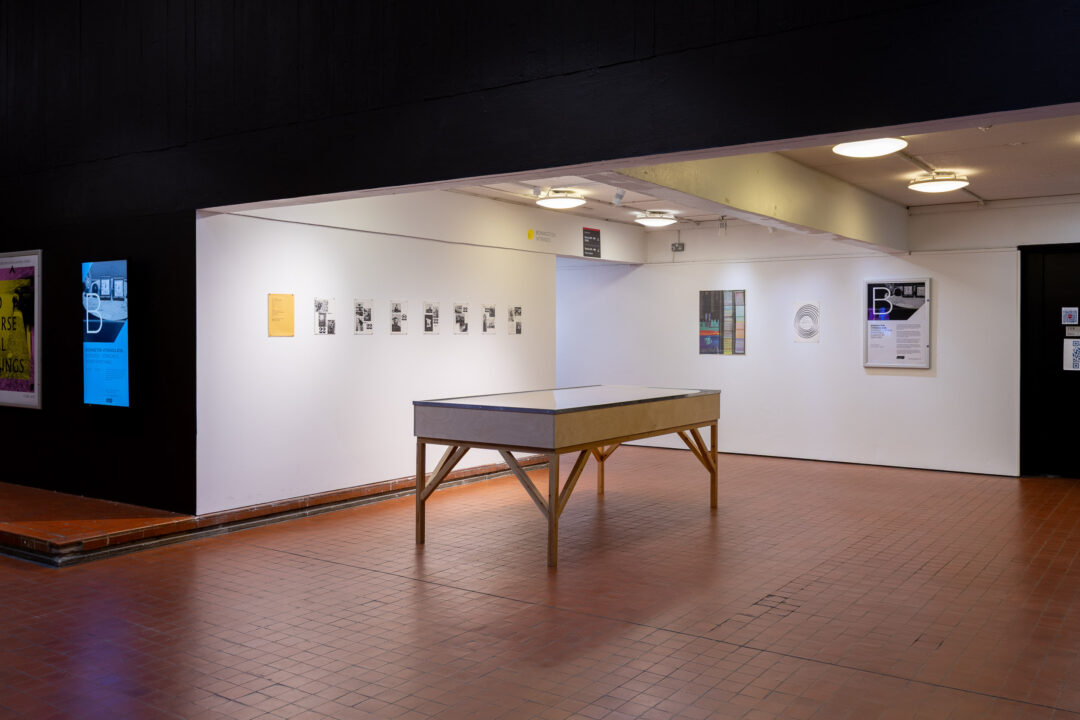
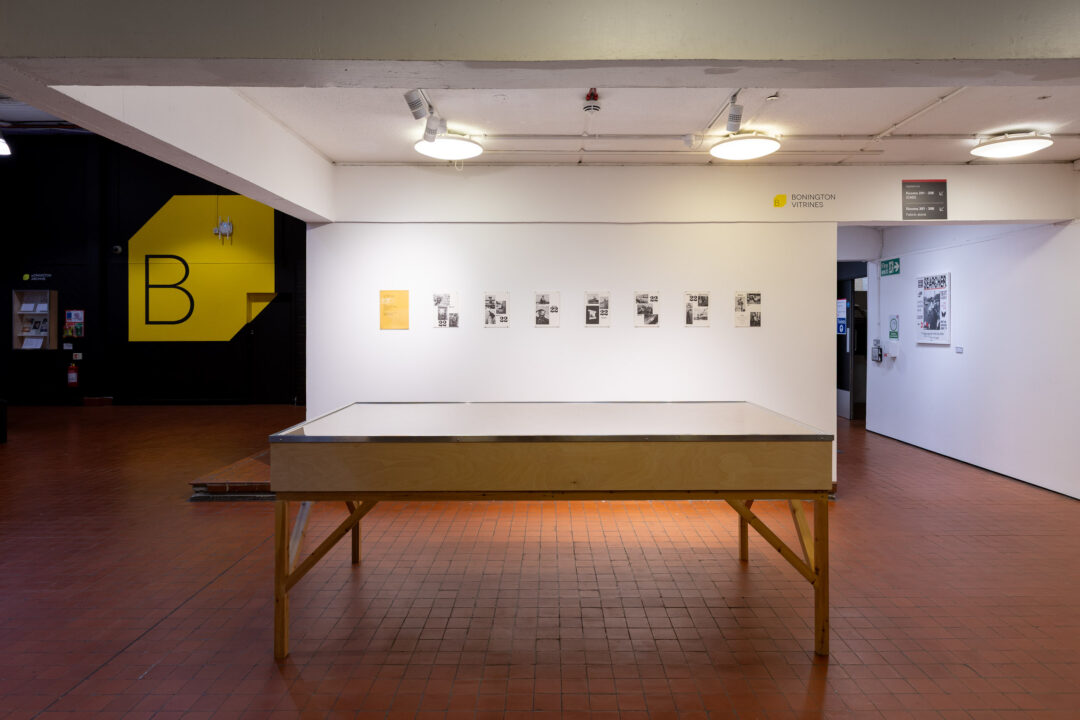
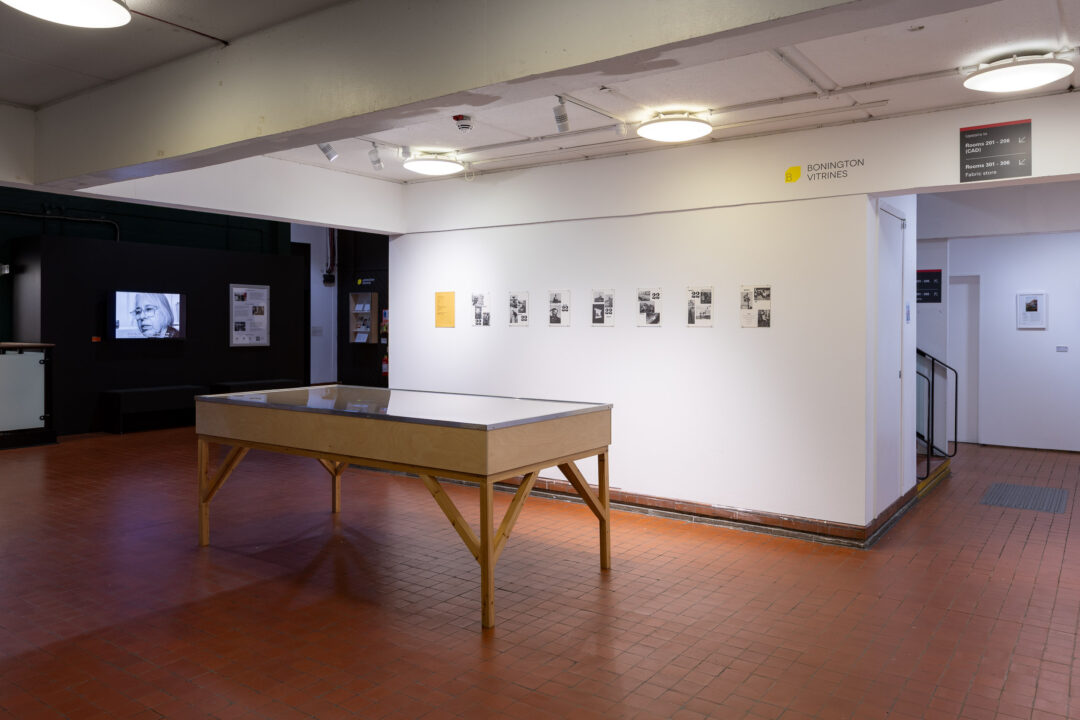
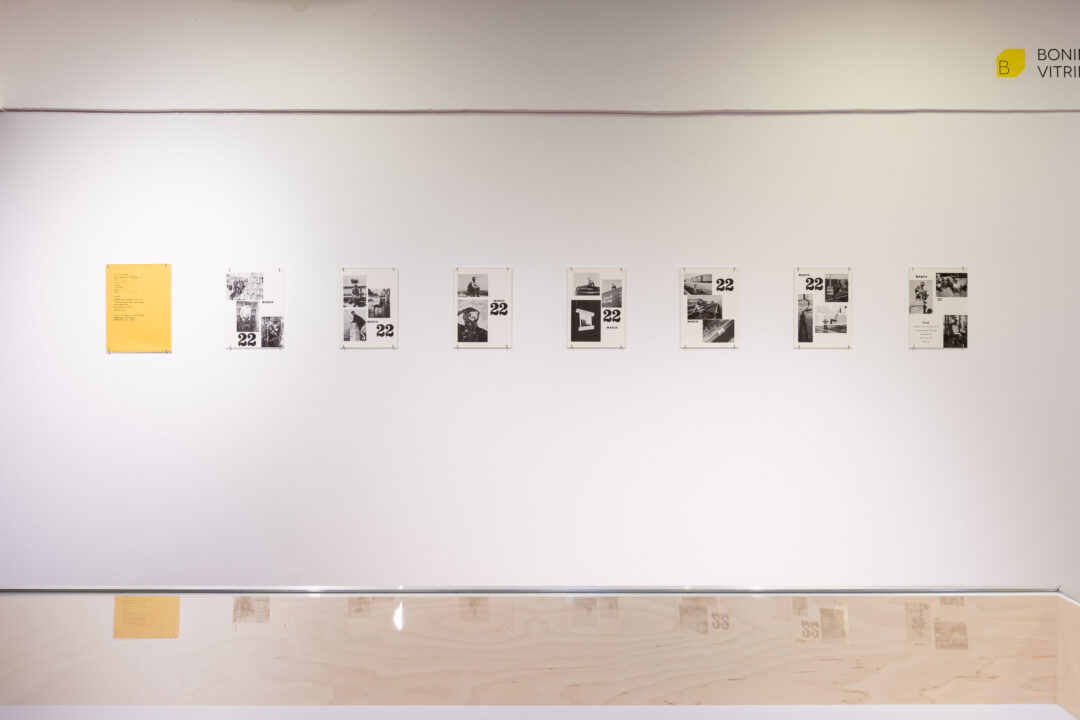
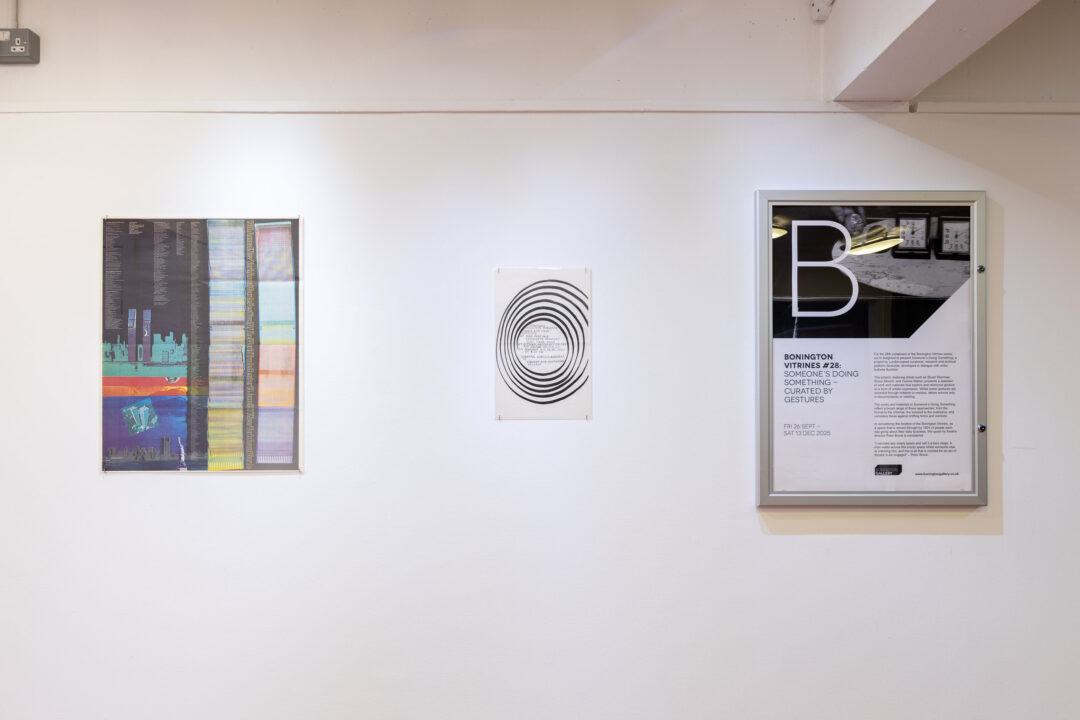
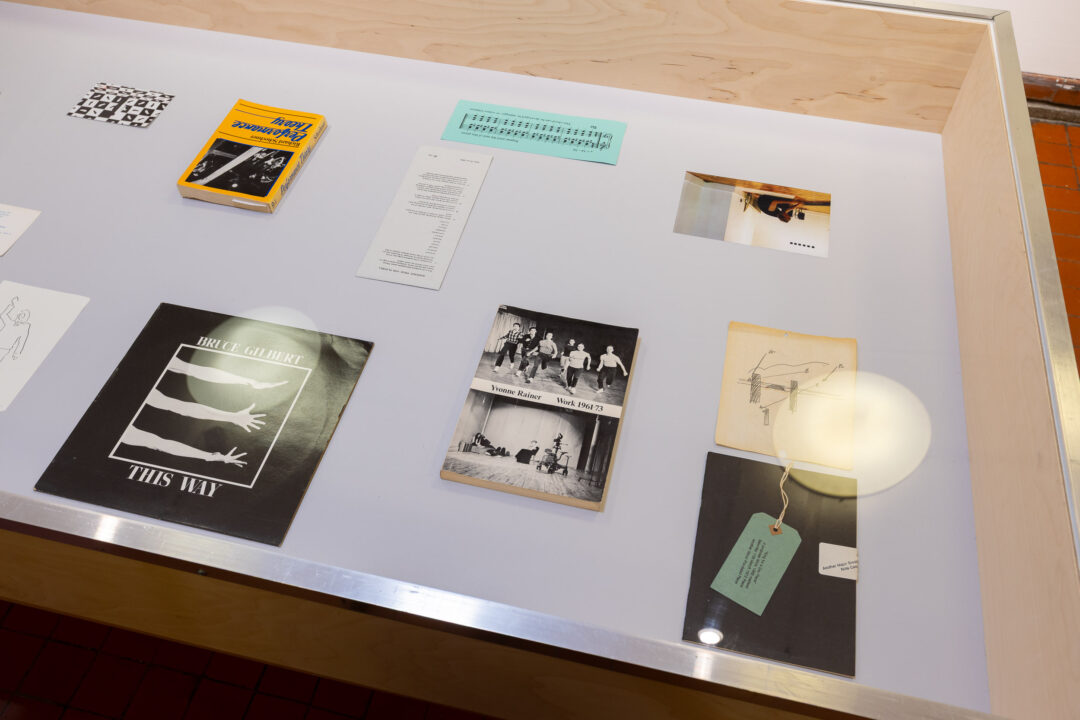
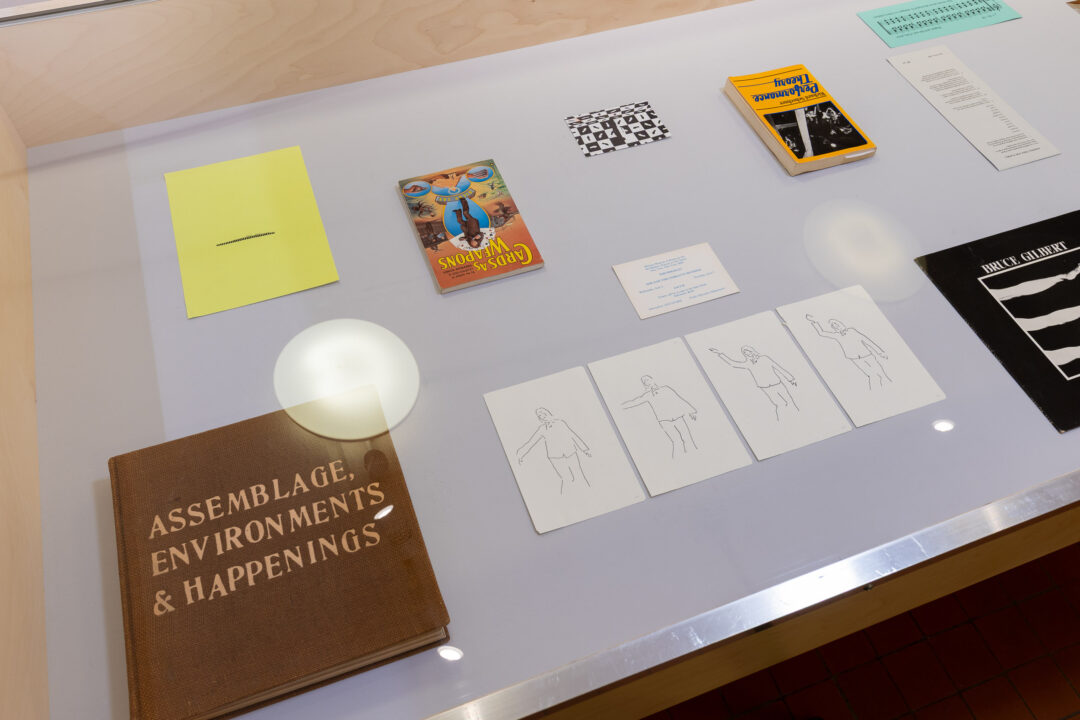
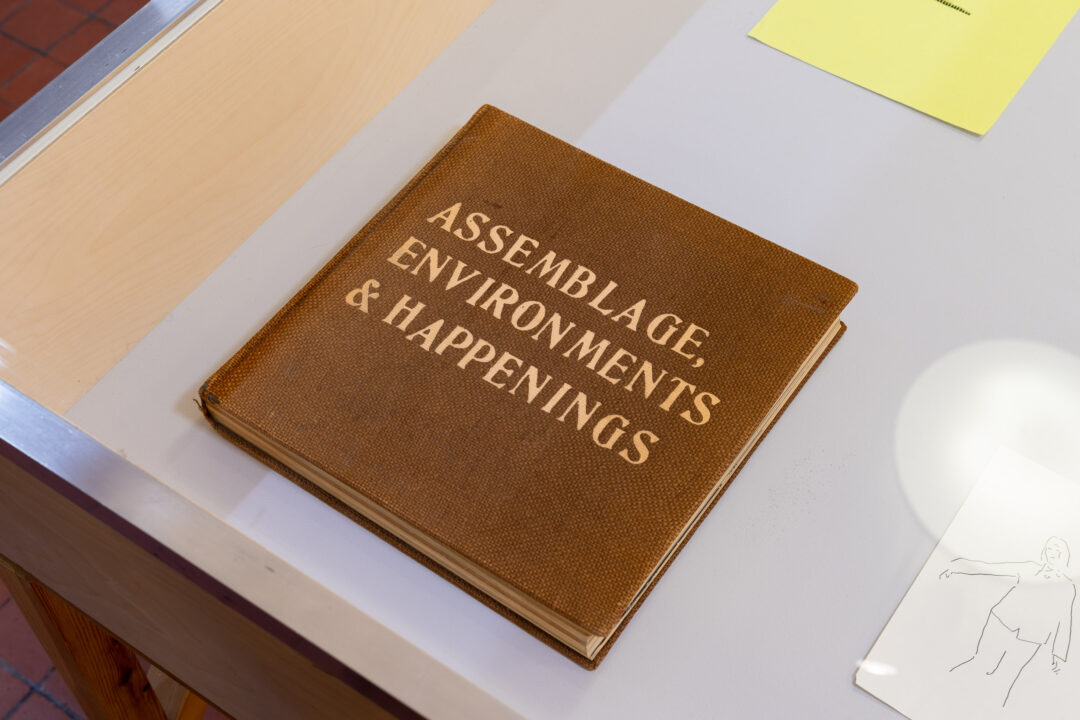
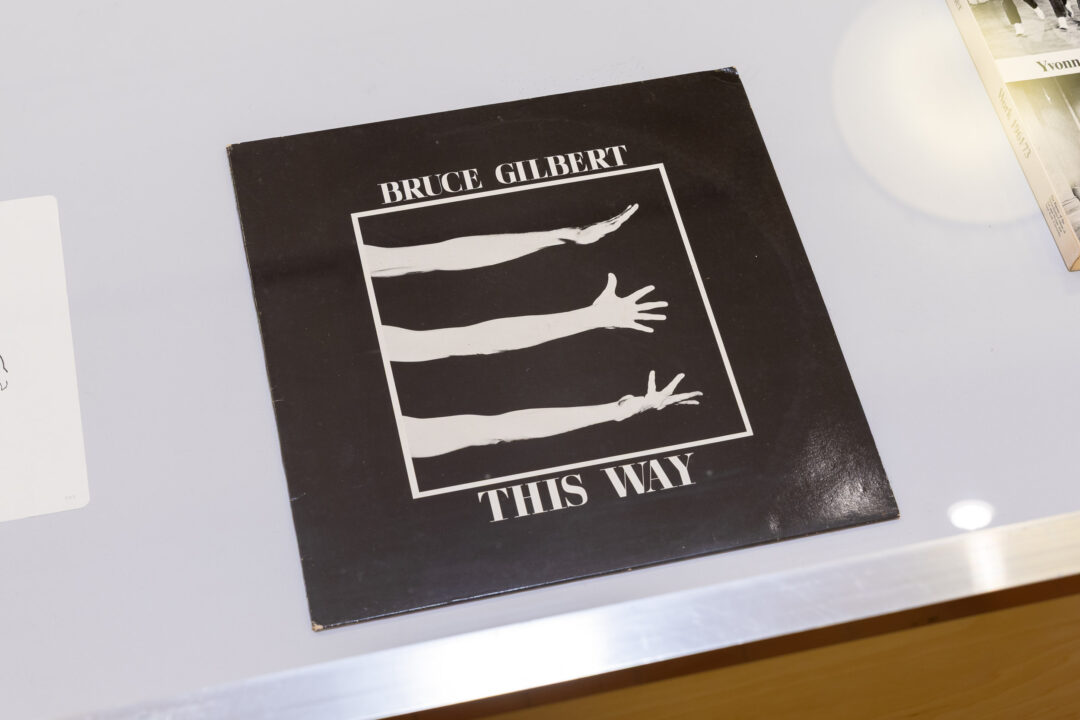
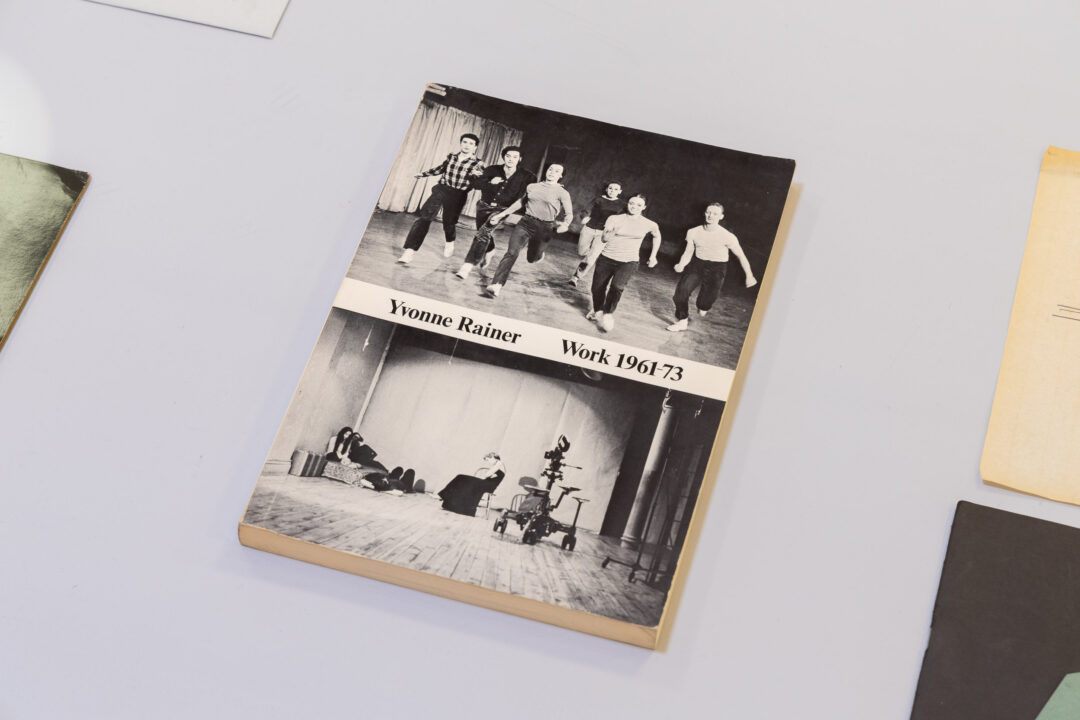
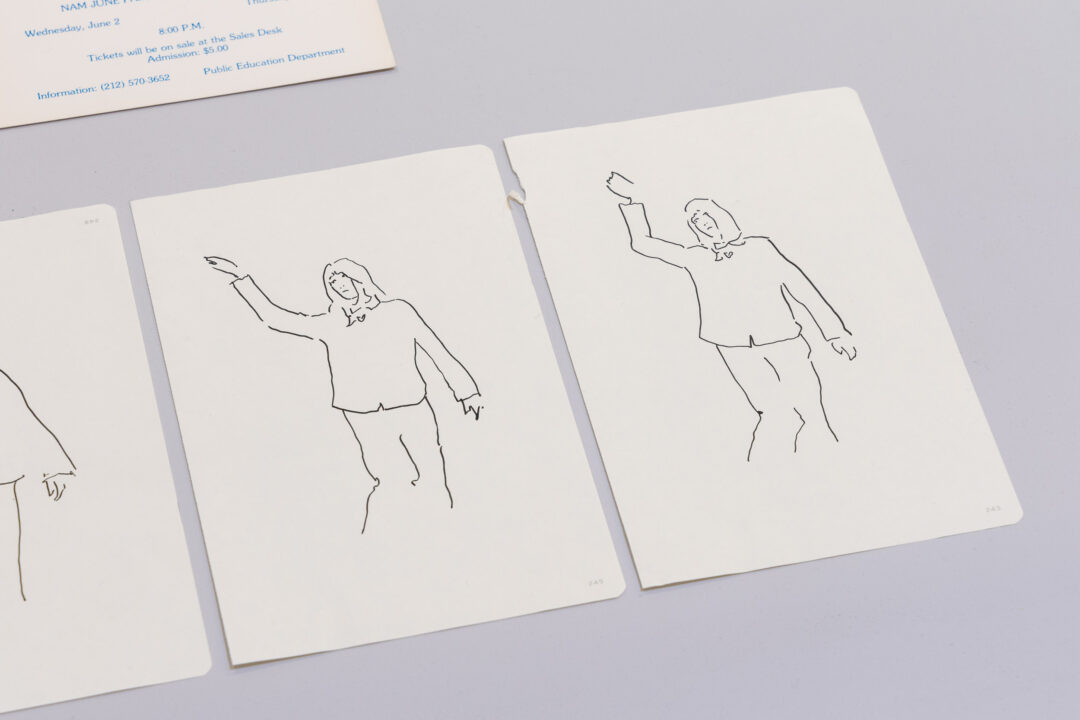
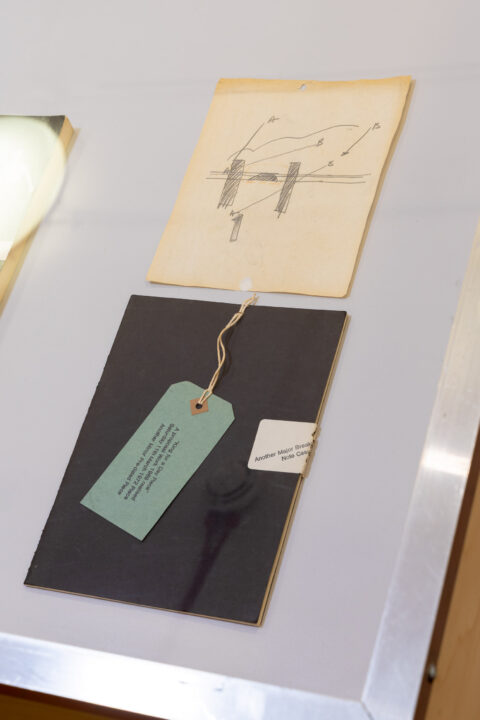
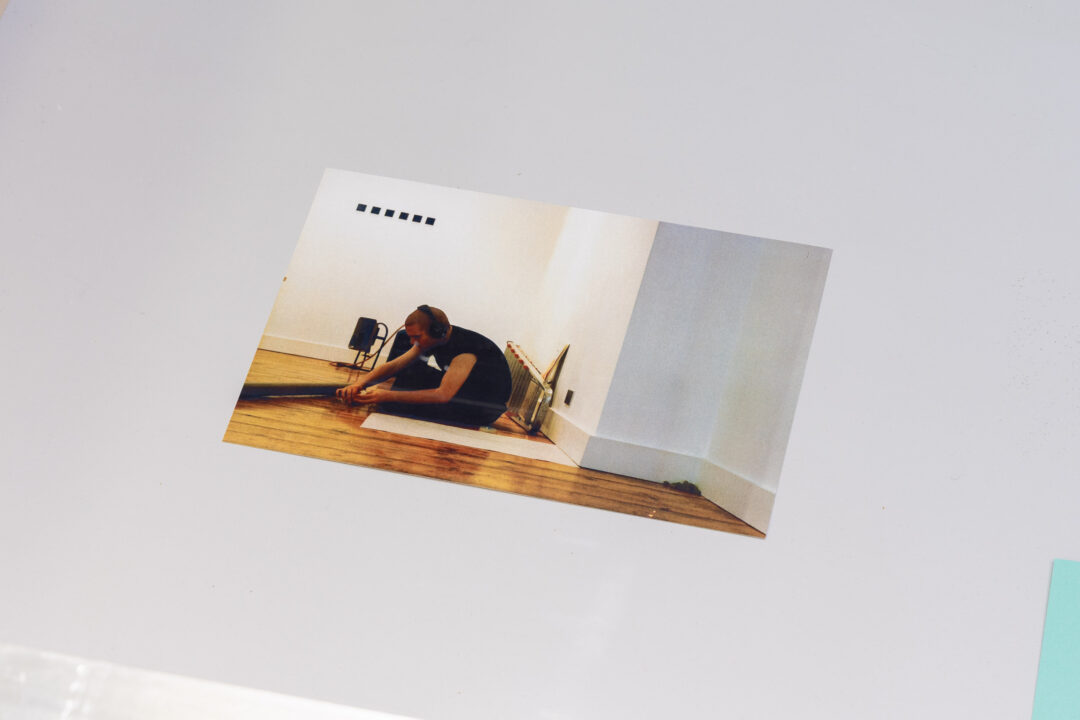
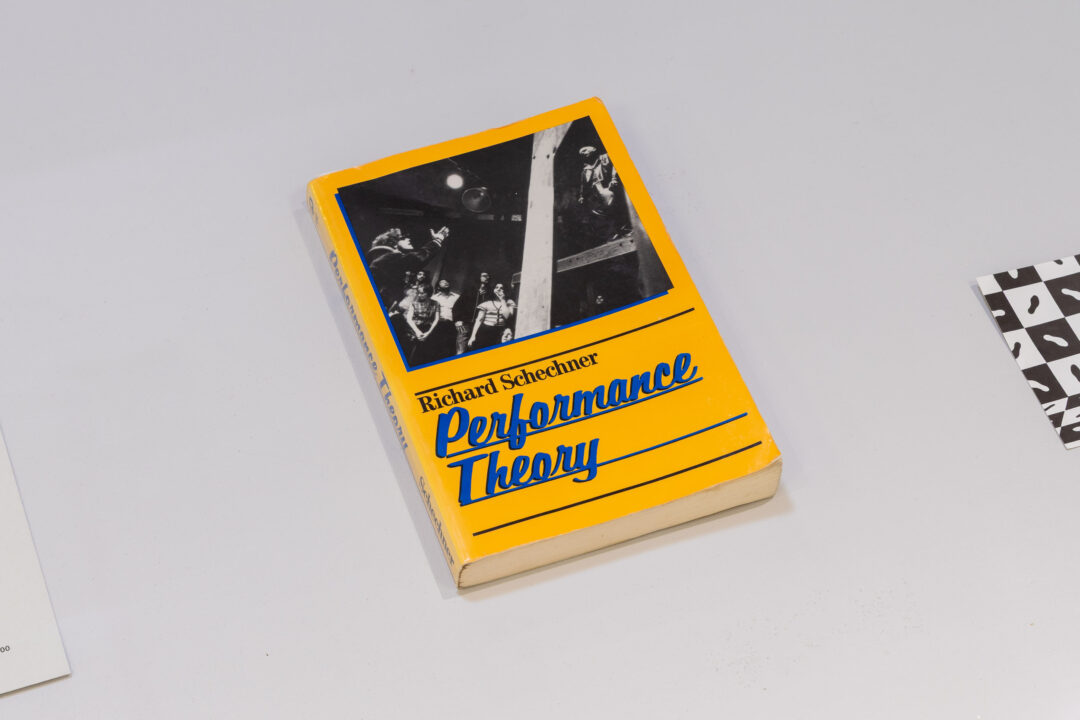

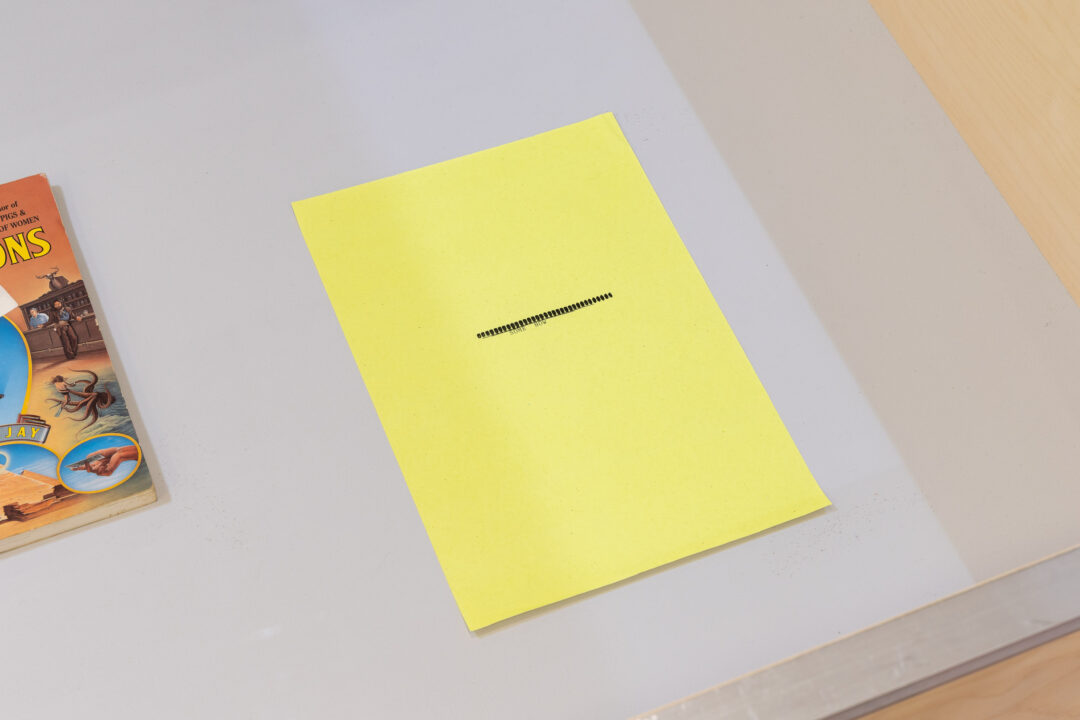
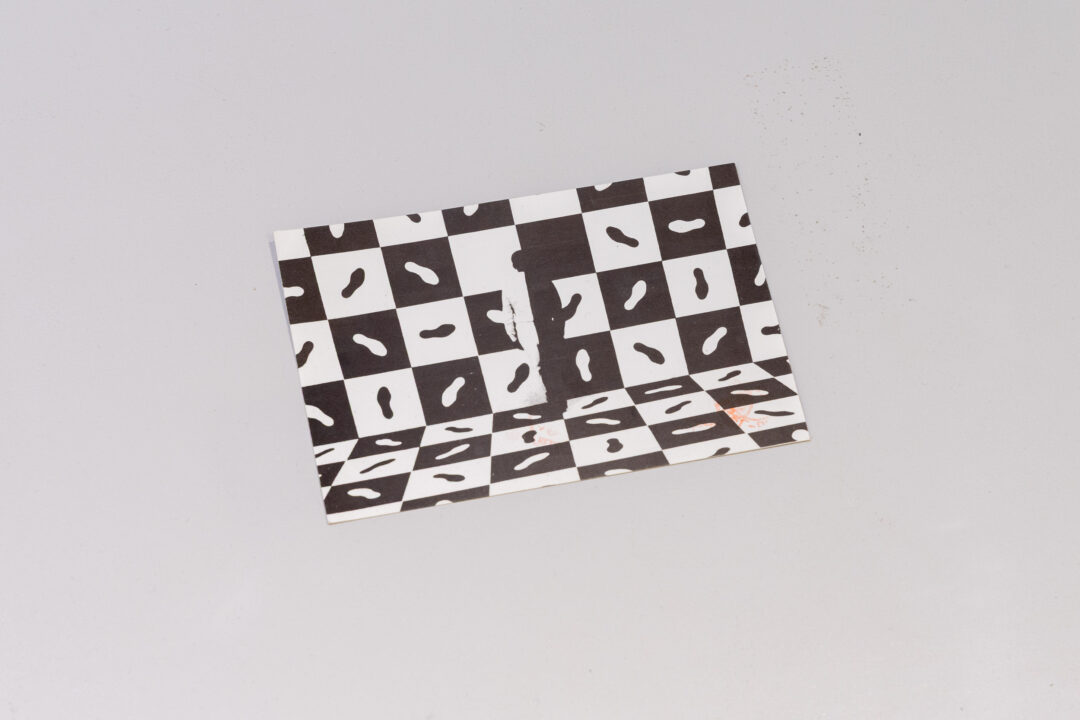
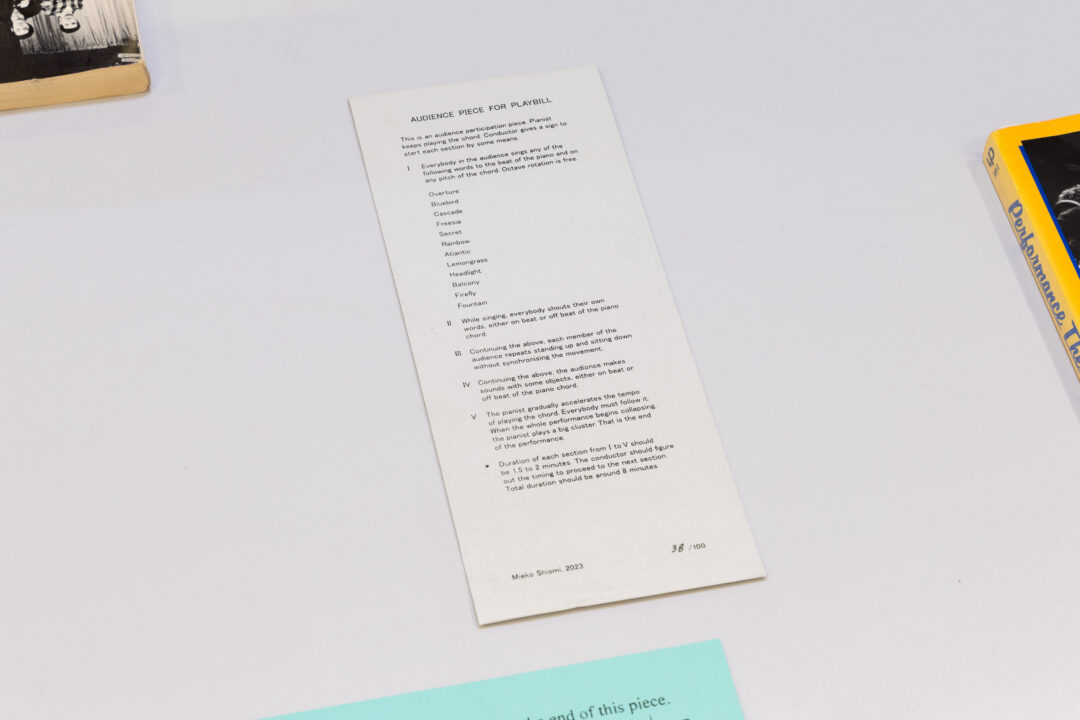
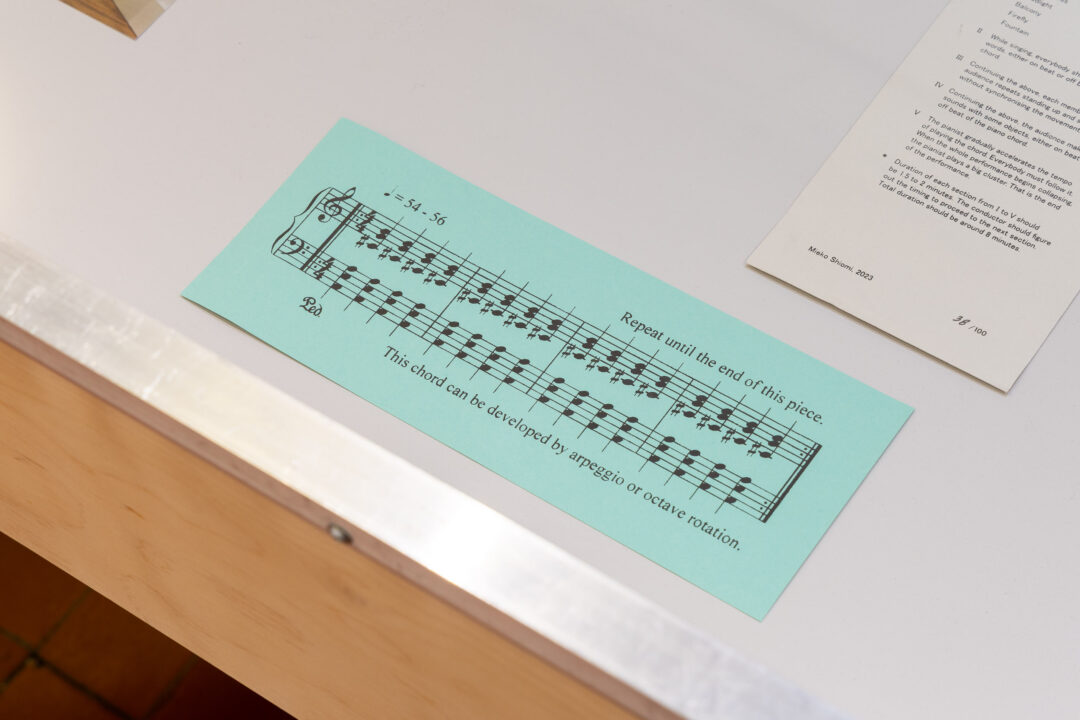
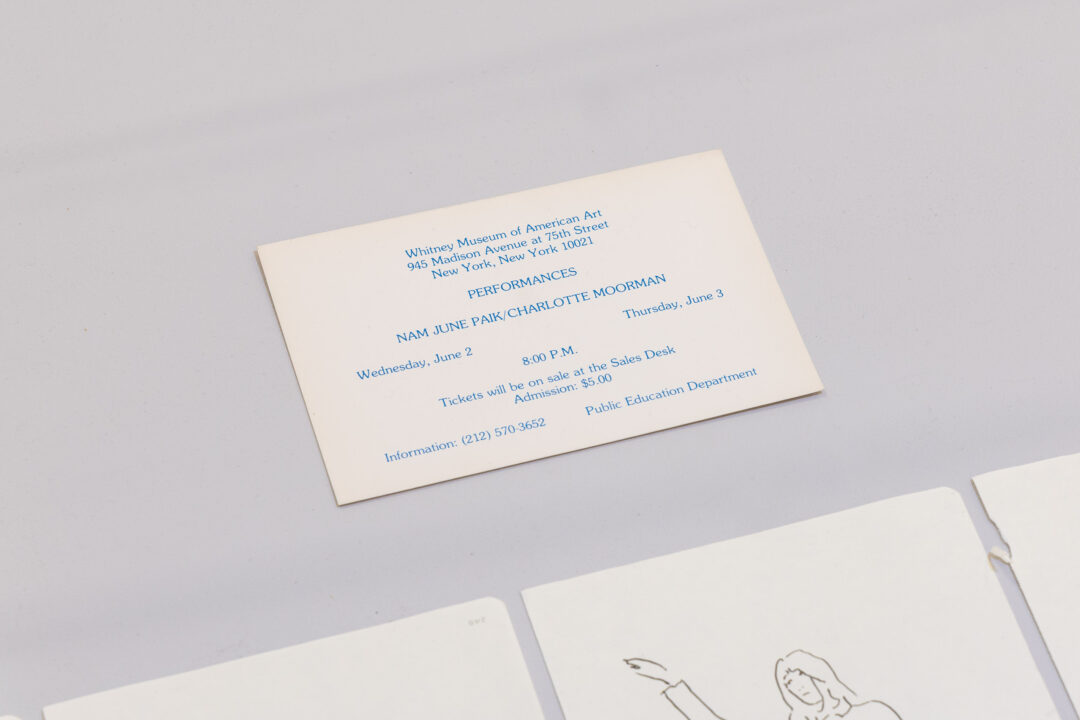

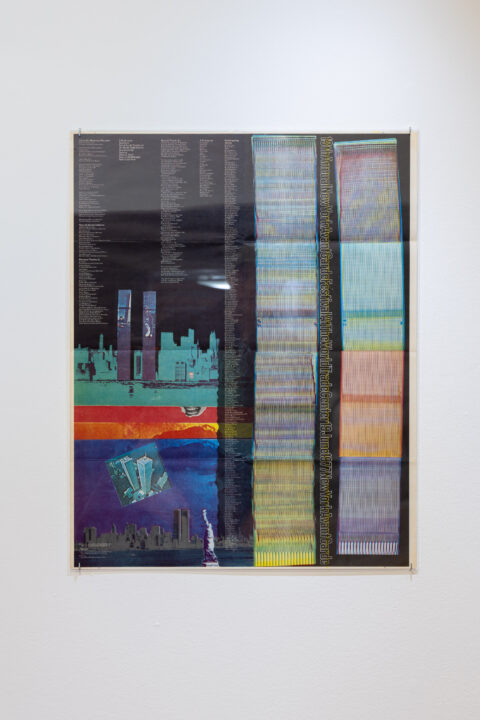
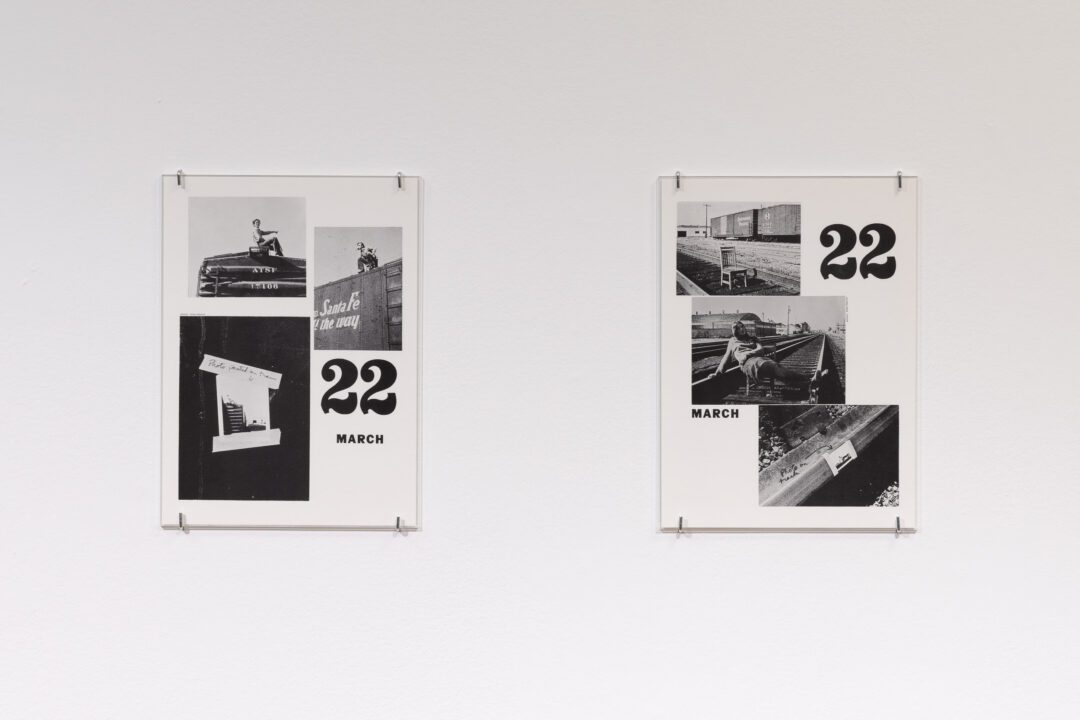
Image credit: Stuart Sherman, The Twelfth Spectacle (Language), photo by Nathaniel Tileston, 1980, as included in The Stuart Sherman Papers, 2025.

For an exhibition in March 2025, we are running an open call for materials that relate to Nottingham’s independent fashion scene in the 1980’s.
This period was an exciting time for homegrown fashion and style culture. Brands such as G Force, Olto, Cocky’s Shed plus others combined local talent & style discernment, with entrepreneurism & DIY attitudes to start labels, open shops and form connections and influence on a global level.

Do you have any Nottingham labels in your wardrobe? Did you start/run/work for a local label? Did you shop at G Force? Do you have photos of you and your friends wearing garb to The Garage? Did you pick up copies of Nottingham’s style pages Débris or Despatch? etc etc! If so, we’d love to hear your anecdotes, see your photos and materials (Eg. photos of night out, flyers, receipts, magazines, brochures) that relate to the scene and time.

The intention is to build a collection of material that will become part of the exhibition, and if contributors are happy, have this preserved within a growing archive of material going forwards.
In the first instance please email boningtongallery@ntu.ac.uk with any information and digital copies of materials (just snaps on your phone is fine) and we can take the conversation from there.
Take a glimpse into the glamorous past of the Alternative Miss World contests with a curated selection of original archival materials and never-before-seen footage, on display in the Bonington Vitrines.
Accompanying Andrew Logan’s solo exhibition The Joy of Sculpture in our main gallery, we are extremely pleased to present archive displays for the past Alternative Miss World contests in our Vitrines. A newly commissioned film by previous Bonington Gallery exhibitor and friend of Andrew, Dick Jewell, will feature alongside the displays, bringing together previously unseen footage (including rare 16mm film) of contests in 1985, 1991 and 2004.
Modelled upon the Crufts dog show, the Alternative Miss World contest is an art and fashion event founded and hosted by Andrew Logan. Andrew acts as both host and hostess for the show, as exemplified by the main promotional image for the exhibition taken by Mick Rock. This alternative beauty pageant has been held irregularly since 1972, most recently in 2018 in its 14th incarnation. Contestants and judges over the years have included David Hockney, Ruby Wax, Leigh Bowery, Grayson Perry, and Zandra Rhodes.
Special thank you to the Special Collections department at De Montford University, Leicester for the generous loan of archive materials.
Header image credit: Alternative Miss World poster, courtesy Special Collections department at De Montford University.











The coronavirus pandemic is still far from over in many parts of the world, including Guatemala where artisanal textile making remains a significant aspect of indigenous Maya cultural heritage and the creative economy. This small collection of artefacts, images and narratives convey findings from recent research into: ‘how Guatemalan artisans diversified their textile practices to sustain their communities during the Covid-19 pandemic’.
Our ethnographic enquiry, undertaken in 2021, was made possible through collaboration with five socially driven textile organisations working in the Lake Atitlan area; A Rum Fellow, Cojolya, Mercado Global, Multicolores, and Kakaw Designs. Analysis of online interviews, videos and photographs taken in the field, provide insights into the creative resilience of artisans as they continued to practice, communicate and market their crafts, throughout the global crisis.
The title Story Cloth derives from Multicolores, who encouraged the artists they work with to embroider ‘my life during the quarantine’, as a reflection on the personal impact of the pandemic. Examples of these embroidered vignettes are featured alongside dolls, woven and dyed (buy-one-give-one) PPE masks, fashion and interior textiles, and rugs made from recycled paca (second-hand clothing).
The exhibition also features ‘Connecting with Your Roots’, a scholarship programme funded by Ibermuseums for The Ixchel Museum of Indigenous Textiles and Clothing, enabling 30 women and girls from Maya groups in Guatemala City to reconnect with their weaving arts heritage. The project is represented in images and a vintage huipil (blouse) the most prevalent form of traje (traditional clothing) worn by Mayan women. Woven on a backstrap loom, the huipil incorporates colours, patterns and motifs symbolizing nature, religious and community affiliation.
Story Cloth is an outcome of ongoing research into the sustainable potential for integrating digital technology into artisanal business models, supported by the Global Challenges Research Fund (GCRF) and Quality-Related (QR) funding, Nottingham Trent University.
Header photo: Maria Sacalxot Coti rug hooking. Photo by Joe Coca courtesy of Multicores

















Katherine Townsend, Nottingham Trent University
Anna Piper, Sheffield Hallam University
Luciana Jabur, Friends of The Ixchel Museum
Friends of the Ixchel Museum
Museo Ixchel del Traje Indígena (Ixchel Museum of Indigenous Dress)
A Rum Fellow
Cojolya
Kakaw Designs
Mercado Global
Multicolores
In response to the COVID-19 crisis, we are currently adapting this exhibition to a new format and will release more information soon. Please check back soon for updates.
The exhibition will continue to be an open call, with new submission requirements to be confirmed.
Bonington Gallery is pleased to be presenting The Captive Conscious, a collection of visual responses to an open call led by our Student Curatorial Group. Creative practitioners from within Nottingham Trent University and beyond are invited to respond in any medium to a piece of writing composed of redacted appropriated texts. The text has been cut, merged, edited and reassembled to form a new piece of writing that can be opened up to interpretation – in response to an imaginary narrative. The Captive Conscious will present an observation of the minds of many, encouraging a truly organic response to language.
Just outside the gallery, you’ll find the Bonington Vitrines – two display cases that present an ever-changing series of projects that run alongside our exhibitions.
For the 15th instalment of our Bonington Vitrines programme, we are delighted to welcome Nomadic Vitrine, a curatorial project run by Recent Activity in Birmingham. Nomadic Vitrine invites artists to respond to a nomadic display case, either using it functionally to present work or intervening with it sculpturally. The vitrine in itself is a redundant sculpture, replacing the gallery as a space for artists to create work in/on/for. It builds on historical notions of display and visibility, both within and beyond the gallery, and is placed in various locations around Birmingham and further afield.
This instalment will be inhabited by Glasgow-based artist Mick Peter. Mick’s playful installations incorporate imagery influenced by illustration and commercial art. His work for Nomadic Vitrine wittily undermines the assumed hushed reverential attitude of the gallery goer. Using the inverted vitrine, the space becomes a site for an unexpected sight gag.





Recent Activity is a curatorial project based in Birmingham, delivering exhibitions and events. It is organised by artist Andrew Gillespie, with support from Ryan Kearney.
Mick Peter lives in Glasgow, UK. He has recently had solo shows at BALTIC, Gateshead (2019), Deborah Bowmann, Brussels (2018/19), Glasgow International (2018), Galerie Crèvecoeur, Paris (2017), Workplace, Gateshead (2016), Tramway, Glasgow (2015), and Drawing Room, London (2016), Popcorn Plaza, part of Generation: 25 Years of Contemporary Art in Scotland, Jupiter Artland (2014) and Almost Cut My Hair, part of Generation: 25 Years of Contemporary Art in Scotland, Tramway Hidden Gardens, (2014). Recent group shows include ‘Voyage au long cours’ at FRACNormandie Caen (2018), Natural Selection’ at Galerie 5, Angers (2016), France and & ‘Corps narratifs’ at the Domaine départemental de Chamarande, Chamarande, France (2016). Puddle, pothole, portal at Sculpture Center, New York (2014), L’Echo at HAB Galerie – FRAC des Pays de la Loire, (2014), Monument at FRAC Basse-Normandie, (2014), British British Polish Polish: Art from Europe’s Edges in the Long 90’s and Today at the Centre for Contemporary Art, and Ujazdowski Castle, Warsaw, (2013).
In Works from the Hallucinated Archive, Wayne Burrows brings together material by six artists (five real, one fictional) who work across a range of media and traditions but all share an interest in ideas around folklore, spiritual belief and art as psychic manifestation or transmission.
The vitrines and foyer are occupied by works from the fabricated archive of an entirely fictional British artist, Robert Holcombe (1923 – 2003). Gathered into an exhibition that might be read as a scholarly contribution to a previously unknown (and wilfully esoteric) chapter in the story of Post-War British Art. Or perhaps a fiction exploring ideas of authenticity, class and cultural identity by ‘restoring’ to our attention a figure who might plausibly have existed, but failed or refused to fit the standard narratives and frameworks of his time.
This archival fiction is further layered and complicated by its deployment as a framing device for a group of works by five other artists, mostly contemporary, sometimes hallucinatory in effect, and all real. Their shared fascinations with altered states, fringe beliefs, folklore and ritual, play against their own (and our) ingrained sceptical instincts with humour and a strong awareness of absurdity. After all, whatever the precise nature of any particular psychic or paranormal phenomenon might be, such subjective experiences plainly share conceptual ground with the transformative, healing and wish-fulfilling objectives of art itself. Just as a fiction is a very literal kind of alternate reality, a song, a form of spell-casting or invocation, and any film or photograph in existence is a very literal kind of ghost.
The artworks and fictional ephemera featured work together as something that exists between a curated group show and a single installation to generate a kind of ‘Alice in Wonderland’ rabbit-hole: a collage portal into a parallel world that may already exist within the familiar yet often nightmarish one we currently inhabit.








Aslı Anık, Arianne Churchman, Maryam Hashemi, Robert Holcombe, Chloe Langlois, Z.K. Oloruntoba